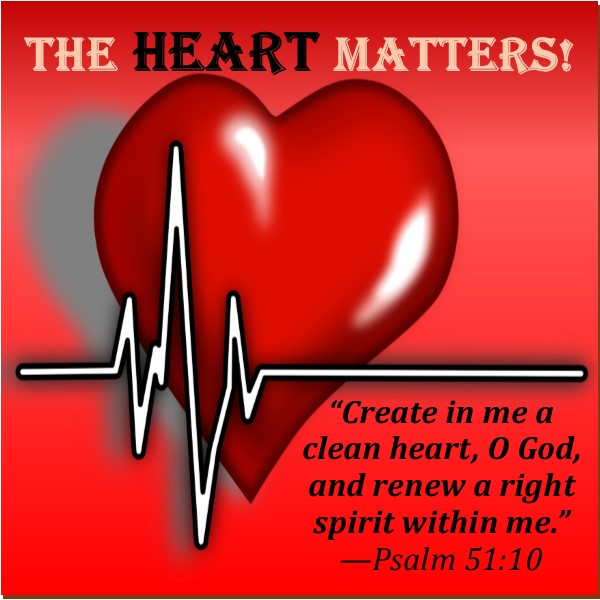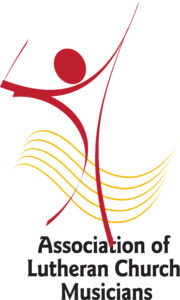Author – Adam Perez is a doctoral student in liturgical studies at Duke Divinity School.
Pandemic and Grief
It goes without saying that the past year has had a lot to lament. The pandemic and personal grief attend to every congregation. Social isolation and financial burdens can be found near and far. And yet, Sunday morning worship around the world is marked by seemingly careless songs of praise that resound from tall steeples, mega-campuses, small storefronts, or on the livestream at home.
Is the music of our worship services numb to the cry of the needy? Or is there something else at work in why many congregations are deeply invested in the project of praise?
There is certainly something to be commended here. There’s a testimony to praising God’s faithfulness regardless of our circumstances. There’s a witness to offering ourselves and our lives and our world to God no. matter. what.
Reconsidering History
But there’s also something to be reconsidered. We should recognize and remember the history of how we got here. It wasn’t by chance or by virtue alone that worship leaders have quietly adopted a lament-avoidance. The high pedestal of praise has a theological past to be remembered. It is part of the story of who contemporary/modern worship leaders are today and what they are expected to do. Answering the question in the title of this article requires a short jaunt into the recent history of contemporary praise and worship.
In the early 1950s, a theological revolution began that took Psalm 22:3 as a promise: God will be present when we praise God. It was the seed of a biblical theology of worship that is dominant today. Though its initial teacher, Reg Layzell, focused on simple spoken or shouts of praise, the primacy of praise came to be highly musical by the late 1970s. If your congregation wanted to experience God’s presence, it had to sing praise. Psalm 100:4 was a model for organizing the music of a service: thanksgiving, praise, and worship. King David is a chief “praise-er” and the Psalms are the primary source for praise songs. You can find the marks of this tradition all over worship services today, regardless of denomination. In some ways, this was embedded in the so-called worship wars just under the veneer of conflict over musical “style.”
This model for worship spread like wildfire through powerful events and eventually through recorded music. Perhaps you, like me, imbibed deeply of one source that helped spread the message of praise: Integrity’s Hosanna! Music tapes that were everywhere in the late 1980s through the 1990s. Or perhaps the growing influence of CCLI impacted your repertory choices because of the way it initially catalogued and made available praise and worship songs for congregational use.
While the progenitors of praise and worship were giving voice to the deep, personal involvement that God wants to have with humans in worship—not unlike what the Liturgical Renewal movement was aiming for in the 60s and 70s too—they overlooked the ministry of lament. Some even spurned it. When I watch videos of pastors and teachers speaking on praise and worship in the 80s and 90s, they highlight again and again how it “changes your perspective; how praise helps you overcome your personal and emotional challenges. Many talk about praise as the cure for seasons of depression and grief in their own lives—even to cure diseases that they argue are psychosomatic. Indeed, they recommend praise precisely because it can transform our grief and because it celebrates our victory over it. The closest they often get to acknowledging it as part of worship is through settings of Psalm 30:11: “You’ve turned my mourning into dancing” (for Easter, check out Ron Kenoly’s version on his 1992 album “Lift Him Up”).
The Suffering Christ
During this season of Lent the worship leader should also remember that “Christ walks with us in our grief” and that the presence of the Christ who suffered is with us in our suffering. Worship leaders can follow King David’s example by not only praising but also giving voice to lament, both personal and communal. The Psalms offer us the words for more than praise and congregational songwriters have been bringing them to life for millenia.
Sometimes it is hard—nearly impossible!—to see the water in which we swim as worship leaders. I worry it’s marked by an attention to praise that can be overly harsh. The culture of worship leading can be co-opted into an image of Church that doesn’t recognize the deep suffering of those who gather. Its repertoire can mute our awareness to the presence of a Christ who still abides in a minor key.
Let’s take a note from the pages of praise and worship history and from the model of the Psalms. The storm is not yet passed. On this Lenten journey—and in all of life–there’s still time for songs that grieve and gather up our suffering and offer it to God until Christ comes again in glory.
Recommending reading: Lovin’ on Jesus (Lester Ruth and Lim Swee Hong), The Worship Pastor (Zac Hicks), The Psalms as a Guide to Life (David Taylor).







